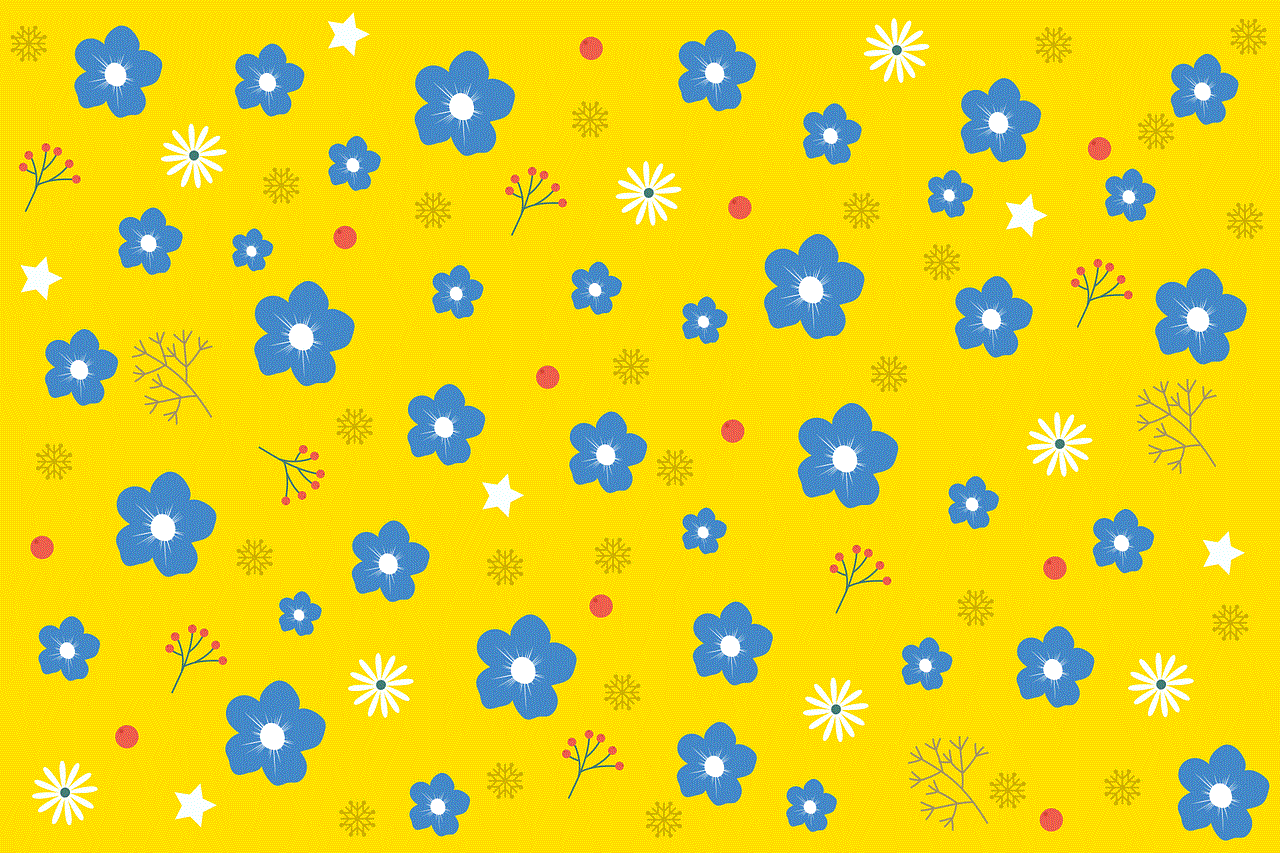urban dictionary cap
Urban Dictionary Cap: The Ultimate Guide to the Slang Term
If you’ve ever been around a group of teenagers or young adults, chances are you’ve heard them use the phrase “urban dictionary cap.” But what exactly does this term mean and where did it come from? In this ultimate guide, we’ll dive into the origins of the term, its various meanings, and how it has become a popular phrase in modern slang.
To understand the term “urban dictionary cap,” we must first understand the two key components: Urban Dictionary and cap. Urban Dictionary is an online dictionary that features user-generated definitions for slang words and phrases. It was founded in 1999 by Aaron Peckham and has since become a go-to resource for those looking to understand and use slang terms. Cap, on the other hand, has multiple meanings in slang, which we will explore further in this article.
The term “urban dictionary cap” originated from the social media platform TikTok . In early 2020, a trend emerged where users would post videos with the caption “urban dictionary cap” followed by a slang term or phrase. The videos would then show the user explaining the meaning of the term according to Urban Dictionary’s definition. The trend quickly gained popularity, and the phrase “urban dictionary cap” became a slang term in itself.
One of the most common meanings of “cap” in slang is to lie or exaggerate. It is believed to have originated from the phrase “capping a bottle,” which refers to twisting a bottle cap to seal it. In slang, “capping” means to twist the truth or exaggerate a story. So, when someone is using the phrase “urban dictionary cap,” they are implying that the definition given on Urban Dictionary is not entirely truthful or is exaggerated.
Another meaning of “cap” in slang is to disrespect or mock someone. This meaning is believed to have originated from the phrase “busting caps,” which refers to shooting a gun. In slang, “busting caps” can also mean verbally attacking or disrespecting someone. Therefore, when someone says “urban dictionary cap,” they are implying that the definition given is a form of disrespect or mockery towards the term or its users.
The term “urban dictionary cap” also has a positive connotation in some cases. In certain contexts, “cap” can mean to support or endorse something. This meaning is believed to have originated from the phrase “capping for someone,” which means to have someone’s back or support them. In this sense, when someone uses the phrase “urban dictionary cap,” they are showing support or agreeing with the definition given on Urban Dictionary.
In addition to its various meanings, “cap” is also a versatile word that can be used in different grammatical forms. For example, “no cap” is a phrase that means “no lie” or “no exaggeration.” Similarly, “capped” can mean “lied” or “exaggerated,” while “uncapped” can mean “telling the truth” or “not exaggerating.” These different forms of “cap” are often used in conjunction with the phrase “urban dictionary cap.”
The popularity of the phrase “urban dictionary cap” has led to the creation of memes and jokes surrounding it. For example, one popular meme shows two photos side by side, with one captioned “urban dictionary cap” and the other “actual definition.” The first photo would often show a funny or exaggerated definition from Urban Dictionary, while the second photo would show the real definition from a traditional dictionary. This meme plays on the idea that Urban Dictionary is not always a reliable source for definitions and that its definitions can be humorous and exaggerated at times.
The term “urban dictionary cap” has also sparked debates about the accuracy and legitimacy of definitions on Urban Dictionary. While the website allows users to submit and vote on definitions, it is not a verified or official source. This has led some to question the reliability of the definitions and whether they should be taken seriously. However, others argue that the fluid nature of language and slang means that there is no one “correct” definition for a term and that Urban Dictionary provides a platform for the evolving nature of language to be captured.
Another aspect of the term “urban dictionary cap” is its usage in certain communities and cultures. The phrase is predominantly used in African American and hip-hop communities, and it has become a part of their vernacular. This has led to the term being adopted and used by people of all races and backgrounds, further solidifying its place in modern slang.
Furthermore, the term “urban dictionary cap” has also been used in the music industry. In 2020, rapper Lil Uzi Vert released a song titled “That Way,” which featured the lyrics “I ain’t gonna cap, I ain’t gonna lie.” This line was soon popularized on TikTok, and the phrase “I ain’t gonna cap” became a catchphrase among fans and listeners. The song’s success also helped to bring more attention to the term “urban dictionary cap.”
In conclusion, the term “urban dictionary cap” has become a popular phrase in modern slang. Its origins on TikTok have led to its widespread usage and adoption by various communities and cultures. The term’s various meanings and usage in different grammatical forms have made it a versatile word that can convey different messages and tones. While it may have sparked debates about the legitimacy of definitions on Urban Dictionary, it has also become a source of humor and entertainment. Only time will tell how long the term will remain a part of modern slang, but for now, it is safe to say that “urban dictionary cap” is here to stay.
what does lol mean in text
LOL is an acronym that stands for “laugh out loud”. It is a common expression used in text and online communication to indicate that something is funny or amusing. The term has become a popular part of internet culture and is used by people of all ages and backgrounds. In this article, we will explore the origins of LOL, its meaning and usage, as well as its impact on communication and society.
The term LOL has its roots in the early days of the internet. It is believed to have originated in the 1980s in the online chat rooms of the early internet. At that time, people were still getting used to communicating with one another through the internet, and they needed a way to express laughter or amusement in text form. This is where LOL comes in – it became a quick and easy way to let others know that something was funny.
However, the term didn’t catch on immediately. In the early days of the internet, there were only a few thousand users, and it wasn’t as widespread as it is now. It wasn’t until the 1990s, with the rise of instant messaging and online forums, that LOL started to become more popular. As more and more people began using it, it quickly became a staple in online communication.
The popularity of LOL continued to grow in the early 2000s with the rise of social media platforms. Sites like MySpace and facebook -parental-controls-guide”>Facebook allowed people to share funny content with their friends, and LOL became a common reaction to these posts. It also helped that most social media platforms had a “like” or “react” button that users could click on to express their amusement, making it easy to use LOL in those situations.



Today, LOL is used not just in text messaging or social media, but also in emails, online forums, and even in face-to-face conversations. It has become a part of everyday language, and its meaning has expanded beyond just indicating laughter. While it still primarily means “laugh out loud”, it can also be used to show agreement, sarcasm, or even as a filler word. For example, someone might respond to a funny text with “LOL, that’s hilarious!” or use it as an acknowledgement, such as “LOL, I know right?”.
The widespread usage of LOL can also be attributed to its versatility. It is a short and simple expression that can convey a range of emotions and reactions. It can be used in various contexts, from casual conversations with friends to professional emails. It has also become a part of popular culture, with LOL being used in TV shows, movies, and even in the titles of books and articles.
However, with its increasing usage, LOL has also faced some criticism. Some people argue that overusing LOL can make a person seem insincere or immature. They believe that constantly using LOL takes away from the authenticity of one’s communication and can make it difficult to convey genuine emotion. Others argue that the use of acronyms like LOL is a reflection of our fast-paced and digital culture, where people are always looking for ways to save time and communicate quickly.
Despite the criticism, there is no denying that LOL has become an integral part of our communication. It has even evolved beyond the original “laugh out loud” meaning. For example, the acronym has given rise to other variations like “LOLz” and “LMAO” (laughing my ass off), which are used to indicate even stronger amusement. These variations have become popular among younger generations and have further cemented LOL’s place in modern communication.
LOL has also had a significant impact on the English language. It is now considered a word in its own right and has been added to the Oxford English Dictionary. This is a testament to how much the term has grown in popularity and how ingrained it has become in our everyday language. Some linguists argue that the rise of acronyms like LOL is a natural evolution of language, as people are always looking for new ways to express themselves and communicate effectively.
In addition to its linguistic impact, LOL has also had a significant influence on our social interactions. It has become a way for people to connect and bond over shared humor. In a world where face-to-face interactions are becoming less common, LOL has provided a way for people to express themselves and maintain a sense of connection with others. It has also become a part of online culture, with memes and jokes often incorporating LOL into their content.
Moreover, the use of LOL has also changed the way we perceive humor. In the past, jokes were primarily delivered in person or through written material. However, with the rise of the internet and social media, humor is now often shared through memes, videos, and other forms of online content. LOL has become a way for people to interact with and respond to this type of humor, making it a vital part of our online experience.
In conclusion, LOL has come a long way since its humble beginnings in online chat rooms. It has become a ubiquitous part of our language and culture, with its usage showing no signs of slowing down. While some may criticize its overuse or impact on communication, there is no denying that LOL has had a significant influence on the way we interact and express ourselves in the digital age. Whether you use it to show genuine laughter or simply as a filler word, LOL has become a fundamental part of how we communicate and connect with one another.
ty stands for



The term “ty” is a shortened version of the word “thank you,” commonly used in informal communication such as texting or messaging. It is a simple yet powerful expression of gratitude and appreciation, often used to acknowledge a kind gesture or act of kindness.
The origins of “ty” can be traced back to the 1800s, when telegraph operators used a system of abbreviations to save time and money in transmitting messages. “Ty” was one of the many abbreviations used for common phrases, along with “gm” for “good morning” and “ga” for “go ahead.” As technology advanced and communication became more instantaneous, these abbreviations were carried over to the early days of the internet and have since become an integral part of online communication.
The use of “ty” has become so pervasive that it has even made its way into popular culture. It is often used in memes, social media posts, and even in the titles of songs and movies. Its simplicity and universality have made it a go-to expression of gratitude, transcending language barriers and cultural differences.
One of the main reasons why “ty” has become so popular is its brevity. In a fast-paced world where time is of the essence, “ty” allows us to express our gratitude quickly and efficiently. It is also less formal than saying “thank you,” making it suitable for casual interactions with friends and acquaintances.
Moreover, the use of “ty” has also been driven by the rise of social media and online communication platforms. With the increasing popularity of texting, messaging, and social media, people have become accustomed to using short forms and abbreviations to communicate more efficiently. “Ty” is just one of the many expressions that have become a part of this new language of online communication.
However, some critics argue that the use of “ty” is a sign of declining communication skills and a lack of effort in expressing gratitude. They believe that the use of abbreviations and short forms has made us lazy and less articulate in our communication. While there may be some truth to this, it is also essential to recognize that language is constantly evolving, and these new forms of communication are simply a reflection of that change.
In fact, the use of “ty” can be seen as a way of adapting to the changing times and embracing new forms of communication. It allows us to convey our gratitude quickly and efficiently, without sacrificing the sincerity of our message. Furthermore, the use of “ty” has also given rise to other similar expressions such as “tyvm” (thank you very much) and “ttyl” (talk to you later), further enhancing our ability to communicate concisely.
Another interesting aspect of “ty” is its versatility. While it is most commonly used to express gratitude, it can also be used in a sarcastic or ironic manner. For example, someone might say “ty for nothing” to express their disappointment or frustration. This double-edged use of “ty” adds a layer of complexity to its meaning and highlights the nuances of online communication.
Moreover, “ty” is not limited to the English language. It has been adopted by people from all over the world, and its usage has transcended language barriers. In fact, in some languages, such as French, the abbreviation “merci” (thank you) is commonly used in place of the full phrase. This shows how “ty” has become a global expression of gratitude and a symbol of our interconnectedness in the digital age.
However, like any other form of communication, the use of “ty” also has its drawbacks. Its informal nature can sometimes be perceived as disrespectful or inappropriate in certain situations. For instance, using “ty” in a formal email or professional setting may come across as unprofessional. It is essential to understand the context and the audience before using “ty” to avoid any misunderstandings or misinterpretations.



In conclusion, “ty” may be a simple abbreviation, but it carries a significant meaning and has become an integral part of our daily communication. Its versatility, brevity, and global appeal have made it a go-to expression for expressing gratitude in the digital age. While it may have its detractors, there is no denying the impact that “ty” has had on the way we communicate and the role it plays in shaping our ever-evolving language. So, the next time someone says “ty,” remember that it is more than just a short form – it is a symbol of our modern way of communicating and connecting with one another.

